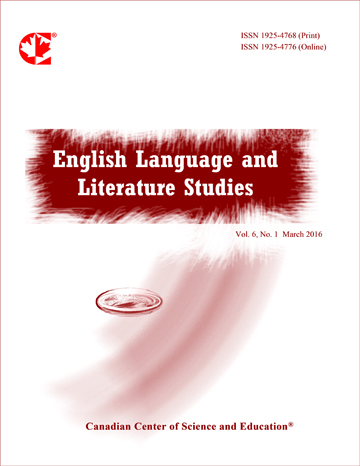Cultural Differences in the Content of English Textbooks between Indonesia and Japan
- Shino Manabe
- Tota Endo
- Homare Tokiwa
- La Roy
- Landu Paranggi Cipta Putri
- Satoshi Kusaka
Abstract
With the increasing demand for English as a lingua franca, Japan and Indonesia have integrated English into their curricula. However, both countries exhibit low English proficiency, highlighting the need for improved English education. In this study we examine cultural differences in English textbooks used in Japan and Indonesia to identify areas for improvement. Using Hofstede’s cultural dimensions as an analytical framework, we conducted a comparative analysis on New Horizon English Course 3 (Japan) and Buku Panduan Guru English for Nusantara (Indonesia). Findings indicate that the Japanese English textbook exhibits higher values for individualism, femininity, long-term orientation, and international content, while the Indonesian English textbook emphasizes collectivism, uncertainty avoidance, short-term orientation, and national identity. These differences reflect broader cultural influences and educational goals. The study suggests that Japanese textbooks could benefit from a more balanced approach between individualism and collectivism, while Indonesian textbooks could incorporate more international content to enhance global awareness. Given the study’s limited scope—analyzing only one textbook per country—future research should expand to multiple textbooks, curricula, and supplementary materials for a more comprehensive understanding of cultural influences on English education.
- Full Text:
 PDF
PDF
- DOI:10.5539/ells.v15n2p1
